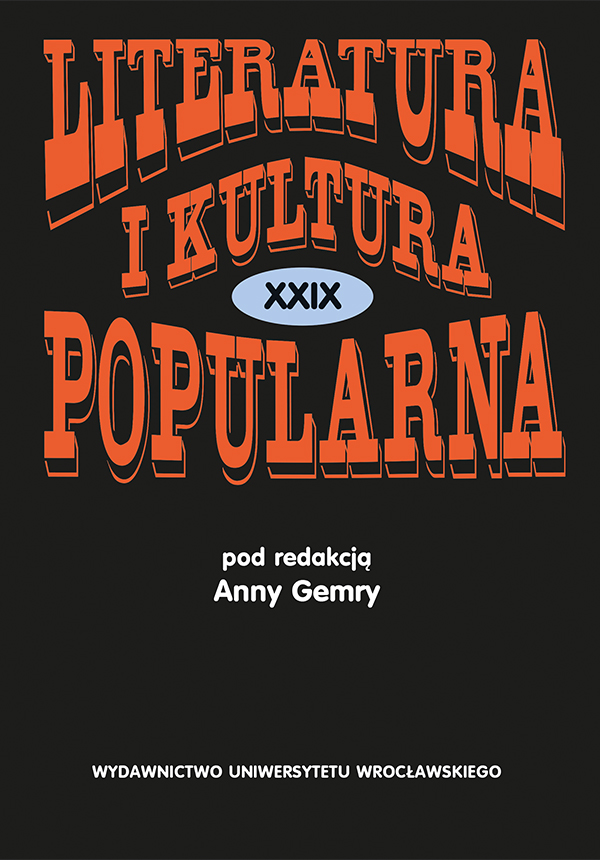

Articles

The author analyzes two contemporary novels: Dracula the Un-Dead by Dacre Stoker (Bram Stoker’s relative) and Ian Holt (2009) and Dracul by Dacre Stoker and J.D. Barker (2018). The main question is whether the modern books can be treated as (respectively) a sequel and prequel to Bram Stoker’s Dracula, or do they tell us much more. The most important change is the moral assessment of the vampire character: in both works we can find both ‘good’ and ‘bad’ vampires. The book by Stoker and Holt is important here — it turns the whole Dracula fiction ‘upside down’ — in this story Dracula is ‘the good guy.’ The influence of modern vampire narratives, as well as of contemporary novels with Vlad the Impaler (who gave a name to Stoker’s Dracula) as a protagonist is clearly visible. The author also pays some attention to intertextual games between the discussed texts.
Stoker B., Dracula, przeł. A. Myśliwy, Wydawnictwo Mystery, Kraków 2011.
Stoker D., Barker J.D., Dracul, przeł. S. Żuchowski, Wydawnictwo Czarna Owca, Warszawa 2020. Stoker D., Holt I., Dracula: Nieumarły, przeł. M. Bukowska, Znak, Kraków 2009.
Gemra A., Od gotycyzmu do horroru. Wilkołak, wampir i monstrum Frankensteina w wybranych utworach, Wydawnictwo Uniwersytetu Wrocławskiego, Wrocław 2008.
Martuszewska A., Powieściowe „dalsze ciągi”, „Literatura i Kultura Popularna” 8, 1999, s. 5–20.
Miller E., Posłowie, [w:] D. Stoker, I. Holt, Dracula: Nieumarły, przeł. M. Bukowska, Znak, Kraków 2009, s. 349–355.
Noty od autorów, [w:] D. Stoker, I. Holt, Dracula: Nieumarły, przeł. M. Bukowska, Znak, Kraków 2009, s. 357–374.
Od autorów, [w:] D. Stoker, J.D. Barker, Dracul, przeł. S. Żuchowski, Wydawnictwo Czarna Owca, Warszawa 2020, s. 527–538.
Orczykowska P., Dracula nieumarły — odmieniony wampir powraca z zaświatów, [w:] Podwójny bankrut z ciebie, materialny i moralny. Smutne oblicze codzienności w literaturze XIX i XX wieku, red. T. Linkner, K. Eremus, E. Kamola, Uniwersytet Gdański, Gdańsk 2016, s. 150–157.